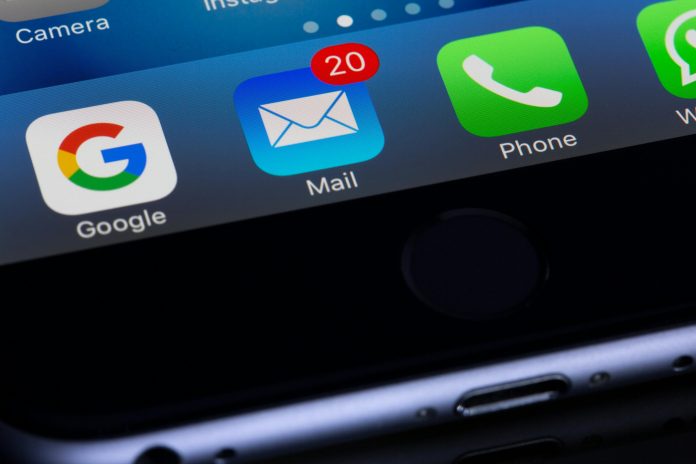Have Gmail and Yahoo Killed Cold Email Marketing?
(And why that’s actually a good thing)
For years, cold email marketing has been a bit like junk mail through your letterbox — intrusive, unwanted, and often ignored. But now, with Gmail and Yahoo’s recent policy changes, it looks like the cold email era might finally be coming to an end.
And honestly? That’s not a bad thing at all.
What’s Happened?
In early 2024, Gmail and Yahoo introduced major new rules designed to protect users from unwanted bulk emails.
Senders who send more than 5,000 messages per day to Gmail or Yahoo addresses now have to meet strict requirements:
- Authenticate every email with SPF, DKIM, and DMARC.
- Keep spam complaint rates below 0.3%.
- Provide easy one-click unsubscribe links.
- Only send to people who’ve clearly opted in.
In other words: if you’re still buying lists or cold-emailing strangers, your days are numbered.
These platforms are taking deliverability seriously — and they’re cracking down on senders who fill inboxes with unsolicited emails.
The Problem With Cold Emailing
Cold email marketing has always been a risky strategy, even before Gmail and Yahoo tightened the rules.
Here’s why it’s such a bad practice in 2025:
1. It Damages Your Reputation
Cold emailing means sending to people who’ve never heard of you. The results? High spam complaints, low engagement, and an immediate hit to your sender reputation.
Once you’re flagged as spam, it’s incredibly hard to recover. Your future legitimate emails — even to customers who want to hear from you — may never reach the inbox again.
2. It’s Against the Spirit (and Often the Letter) of the Law
Regulations like GDPR and CAN-SPAM are very clear about consent. Sending to people without permission can lead to fines, legal issues, and serious brand damage.
Even if you think your cold outreach is “B2B so it’s fine,” most data regulators disagree.
3. It Hurts Brand Trust
Imagine receiving an unsolicited email from a company you’ve never heard of. Does it make you curious… or suspicious?
Cold email marketing feels spammy because it is spammy. Instead of building trust, it destroys it. The damage to your brand image far outweighs the handful of leads you might scrape together.
4. It Doesn’t Convert Like It Used To
The numbers speak for themselves — open rates for unsolicited emails are typically under 5%, and conversions are almost nonexistent.
People are savvier now. They filter out unwanted communication, and they’re quick to hit “Mark as spam.”
With inbox filters powered by AI, it’s getting even harder to sneak through.
Gmail and Yahoo Just Made It Official
For years, email marketers debated whether cold emailing “still worked.” Now, Gmail and Yahoo have effectively ended the debate.
If your email doesn’t have proper authentication, or if too many recipients hit “Report spam,” your messages will be blocked before they even hit the inbox.
In short:
Cold emailing isn’t just ineffective — it’s undeliverable.
The Better Way: Permission-Based Marketing
Instead of chasing strangers, focus on earning attention, not forcing it. That’s where permission-based marketing shines.
Here’s how ethical, effective email marketing looks in 2025:
Build your own opt-in list
Use signup forms, landing pages, and gated content to attract subscribers who want to hear from you. Quality beats quantity every time.
Offer value from day one
Send useful content, guides, or offers that help your audience. Show up with something worth reading — not just another sales pitch.
Respect inboxes
Make unsubscribing easy. Segment your list so you’re sending relevant, timely content. Treat every send as a privilege, not a right.
Focus on engagement
Engagement (opens, clicks, replies) is the new deliverability currency. When people interact with your emails, Gmail and Yahoo see you as a trusted sender — and reward you with better inbox placement.
What This Means for Email Marketers
The end of cold emailing doesn’t mean the end of email marketing — far from it.
In fact, these changes make the playing field fairer for the marketers who do it right.
If you build genuine relationships, respect privacy, and send with consent, you’ll now stand out more than ever.
No more competing with spammers. No more worrying about your domain reputation being dragged down by bad actors.
Just clean, targeted, permission-based campaigns that actually work.
In Summary
Cold email marketing isn’t just bad — it’s outdated, unethical, and increasingly impossible. Gmail and Yahoo’s new rules are simply the final nail in the coffin.
It’s time to stop chasing strangers and start building relationships.
When you focus on trust, value, and permission, your emails don’t just get delivered — they get read, opened, and acted upon.
The age of cold email is over.
The age of authentic connection has begun.


